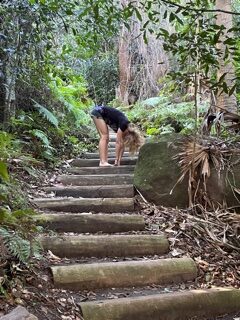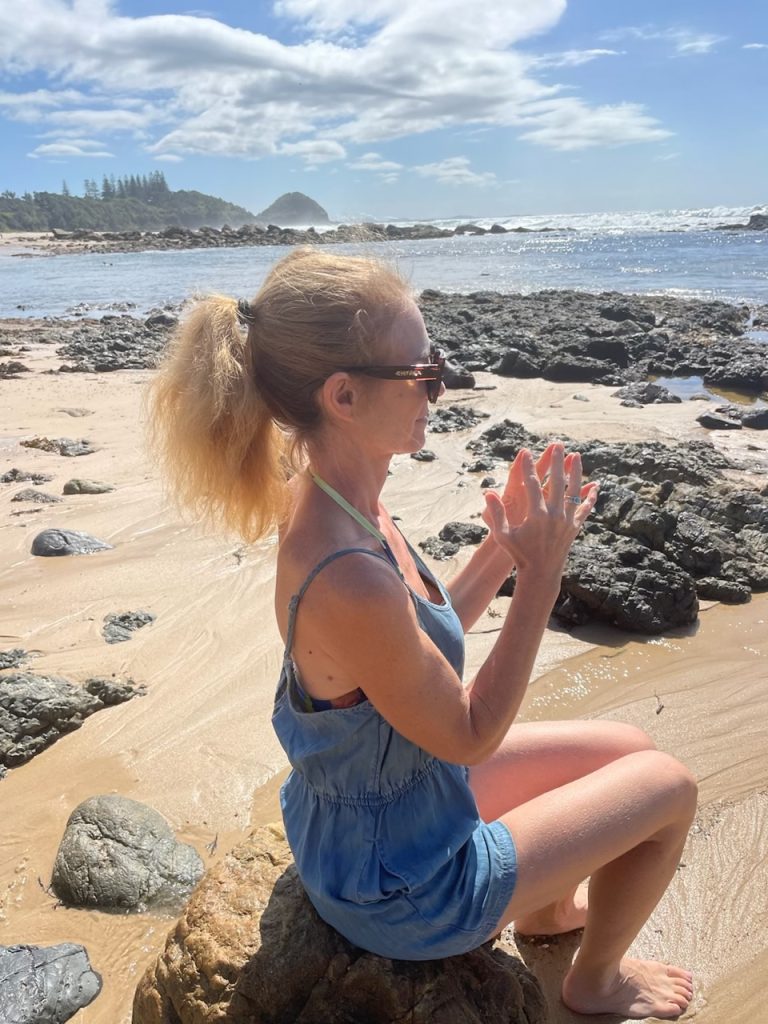Five differences between Relaxation and Meditation
If you struggle to sit still and focus with meditation then chances are you will find Guided Relaxation much easier. Here’s five key differences between the two practices and why if you are a reluctant meditator you might just find Guided Relaxation is your THING!
I may have taught yoga for more than 20 years, but I still find meditation challenging. But Guided Relaxation – well that’s another story… And that’s the key. I love it, and because I love it, I do it more often and so it has become part of my life. It’s my go-to for when I’m feeling depleted, tired, anxious, fed up or when my muscles are tight and tense or I’ve got a virus, or if there’s life s#$t going on that I need to step away from. Actually, that’s pretty much all the time (haha).
As you fall in love with your Guided Relaxation practise and experience the benefits to your physical and mental wellbeing then you will quickly realise that this practise isn’t just enjoyable – it’s essential!
So what makes Guided Relaxation different from meditation?
Difference #1
Meditation is an active practice – where you sit upright and focus the mind intently on a mantra, the breath or mala beads. It has a myriad of well-known benefits (which are very similar to the benefits from Guided Relaxation), but it takes time and discipline to create a personal practice.
Guided Relaxation is much easier – I tend to think of it as the five star version of meditation – where you can lie down in a supported position – restorative yoga poses such as Supported Savasana, or Viparita Karani – legs up the wall).
Difference #2
It’s all about environment – in Guided Relaxation it’s best to create a safe, comfortable and nurturing space. Perhaps diffuse essential oils, dim the lights, cover yourself with a blanket, use an eye pillow and props or cushions and pillows. Then listen – I’ve got a free sample centering practice (internal link) and if you purchase the book or ebook you receive a free Bonus selection of five audio relaxations from my book Guided Relaxation (internal link).
Difference #3
In meditation you cannot sleep, in Guided Relaxation the aim is to remain awake, but if you do fall asleep then that is fine. It is a nourishing practice which is flexible and meets you where you are at.
Difference #4
There are visual journeys and images which are described – you may experience a rainforest after rain, a secluded tropical beach or tip toe along a winding pathway…
Our nervous system can benefit from the feel-good hormones associated with these experiences – you don’t have to physically be in these environments for this to occur, simply imagining these scenes is just as beneficial as experiencing in real life.
In fact what we imagine can even be better than the reality – think crowded car parks, and crying children!

Difference #5
In meditation you need to keep your mind focused – by whatever method works for you – it is actively concentrating on something to bring about that one pointed focus. In Patanjali’s eight limbs of yoga (Dharana – is the 6th limb and is concentration), this leads to Dhyana (meditation) which will ulimately leads to enlightenment (Samadhi ) the 8th limb.
Guided Relaxation is quietening and stilling the mind – but in a less formal way. Taking yourself to a space where you can fully relax – physically, mentally and emotionally.
And if you ARE a meditator?
Combining the two practices leads to a deeper meditation experience. So if you are lucky enough to have a regular meditation practice then you might like to do a Guided Relaxation prior to meditating. This is likely to enhance your meditation as you are coming into it already feeling relaxed, with a slower, fuller breath and a calm, quiet mind. In this state you are likely to go quickly and deeply into your meditation.
Summary
Guided Relaxation – is about stepping out from your external world (with deadlines, chores and constant stimulation) into your internal world (focus on the breath and body which helps you to feel centered and stills the mind).
Benefits include – reduced stress and mental tension, releases tightness in the muscles, better mind-body connection, improved focus and mood, better cognitive function and improved sleep.
All you need to do is to find a comfortable Restorative Yoga pose (I have five of my favourites in my book – Guided Relaxation and another 30 Restorative Yoga poses in my training manual). Ensure your body is fully supported and you may wish to cover yourself with a blanket and use an eye pillow or wheat bag. Take time to set yourself into a position where no part of the body is unsupported and you will be able to completely let go and release into the earth.
Aim to create a Guided Relaxation routine – make this your “go to” practice in times when you feel overwhelmed or you sense your stress levels rising. Don’t set unrealistic expectations for yourself – start with a short practice and chances are you will love it so much
You can do these practices at any time that suits you – in my book there are more than 30 different Guided Relaxations which are from five minutes to 20 minutes. You can do more than one at a time and enjoy an hour or even more!
I hope you enjoy the practice – I’d love to hear how you go, please let me know in the comments below, or message me. Love Katie X


